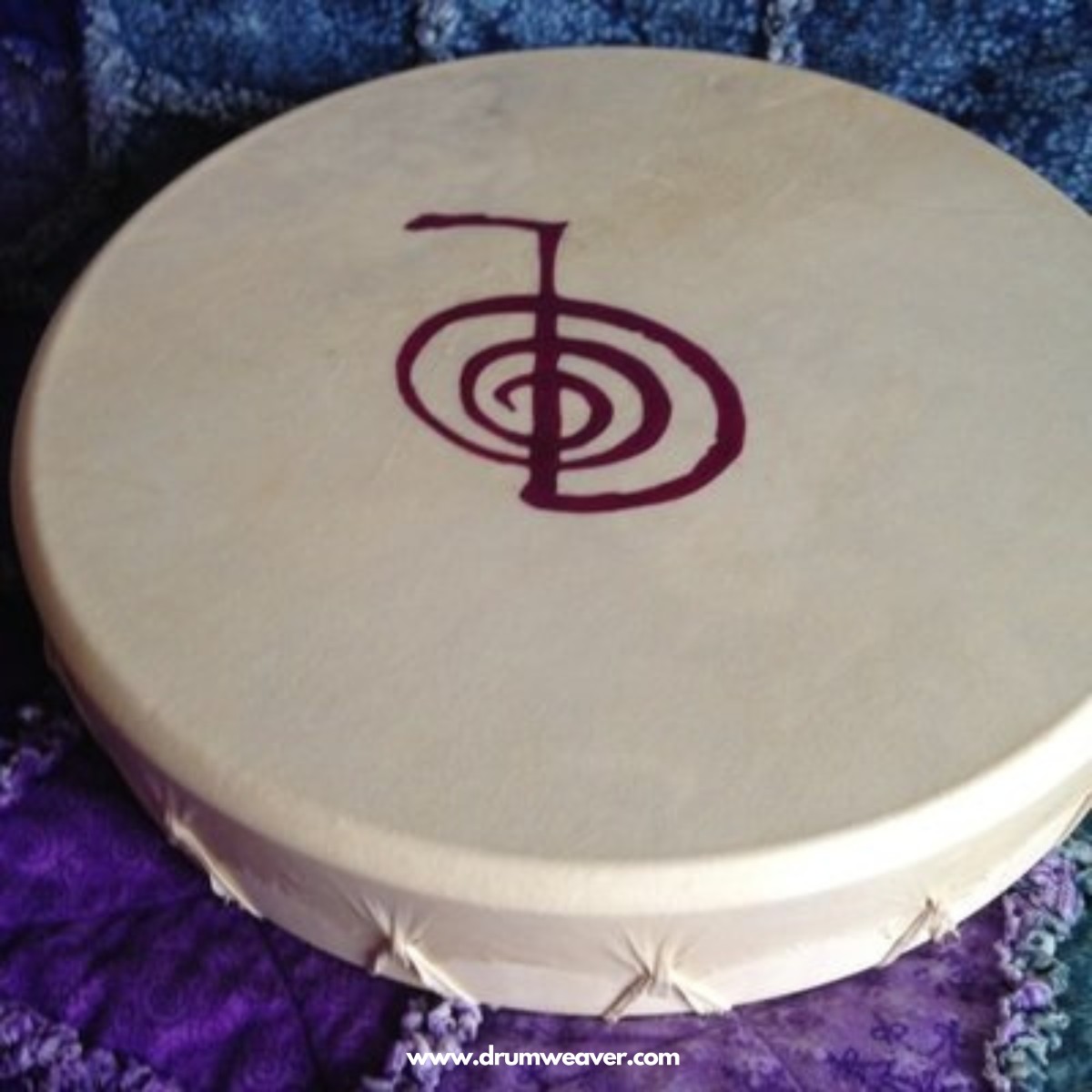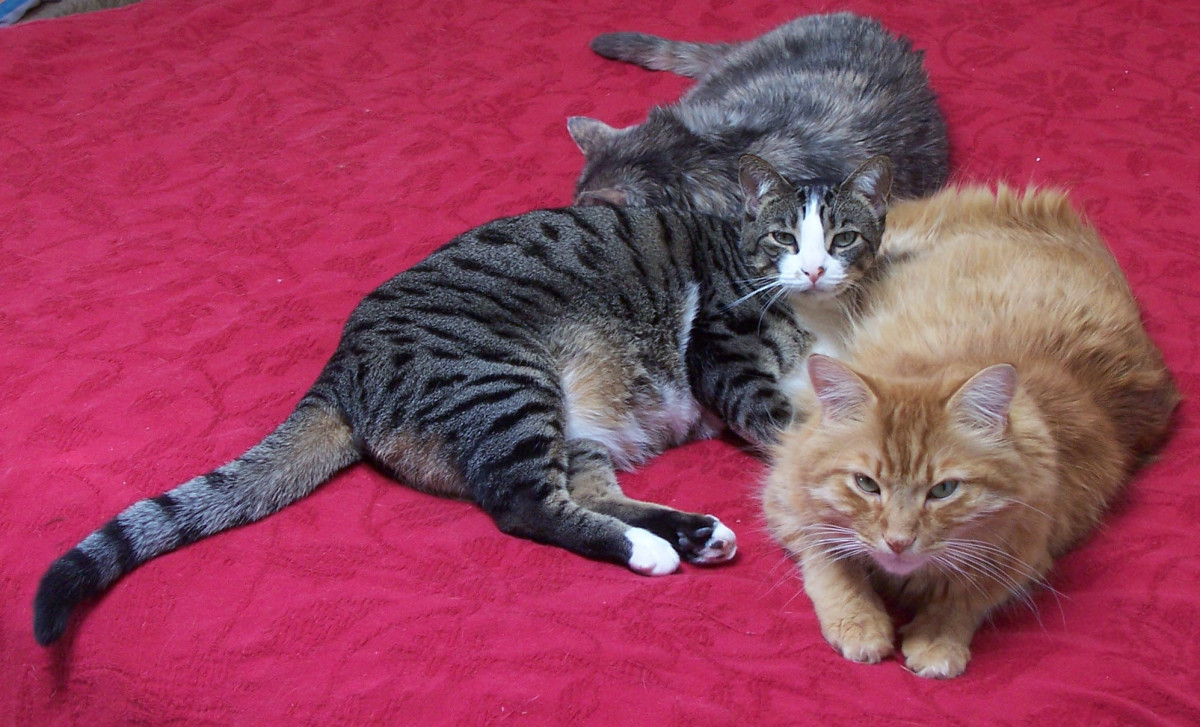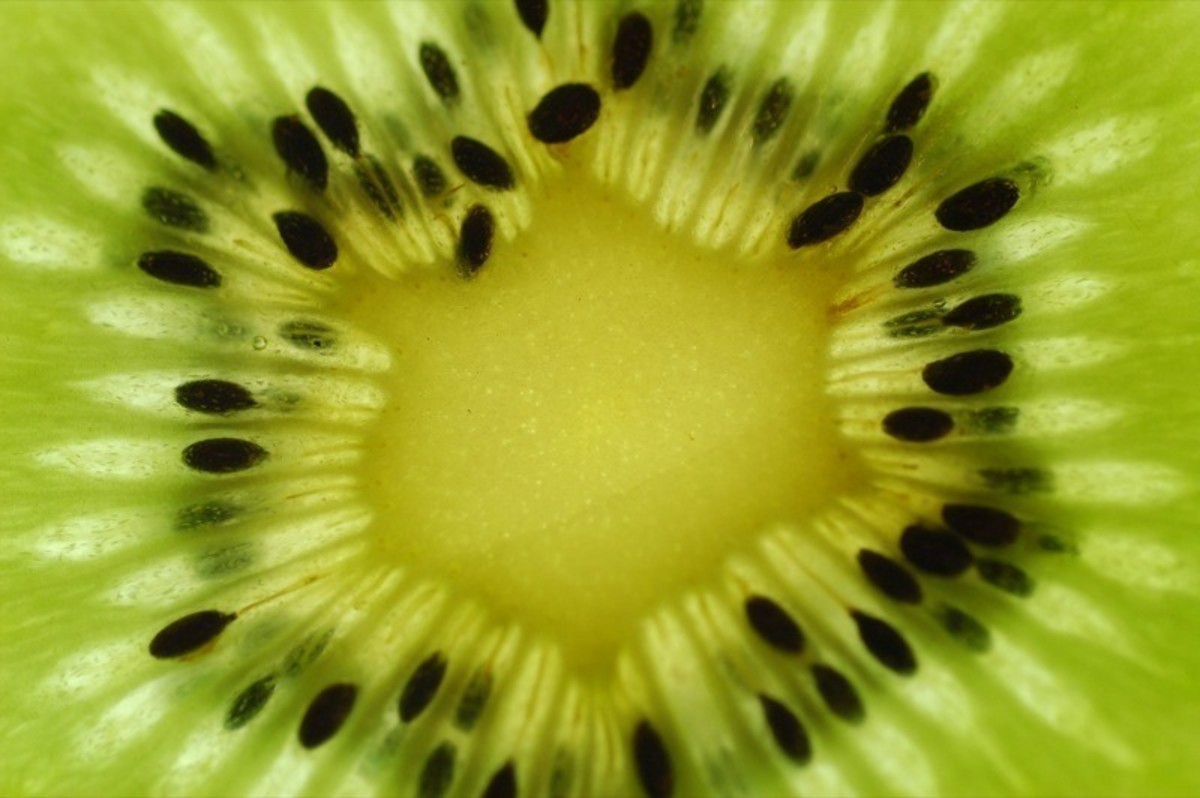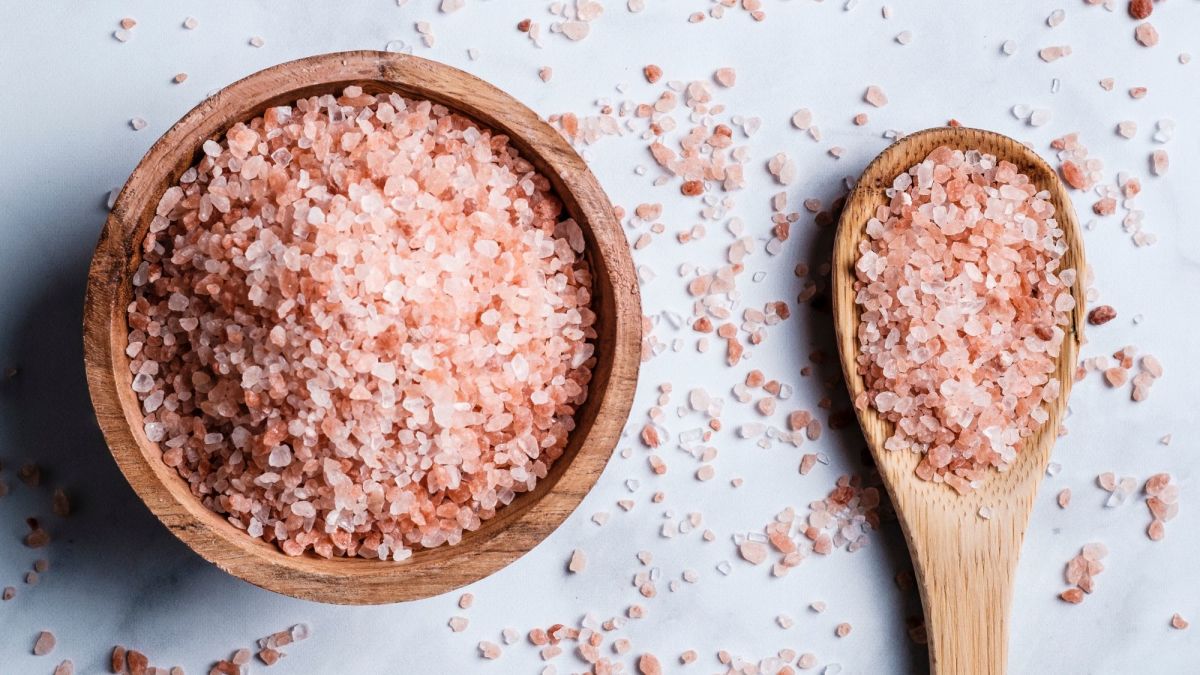The Healing Power of Honey: Nature’s Golden Medicine
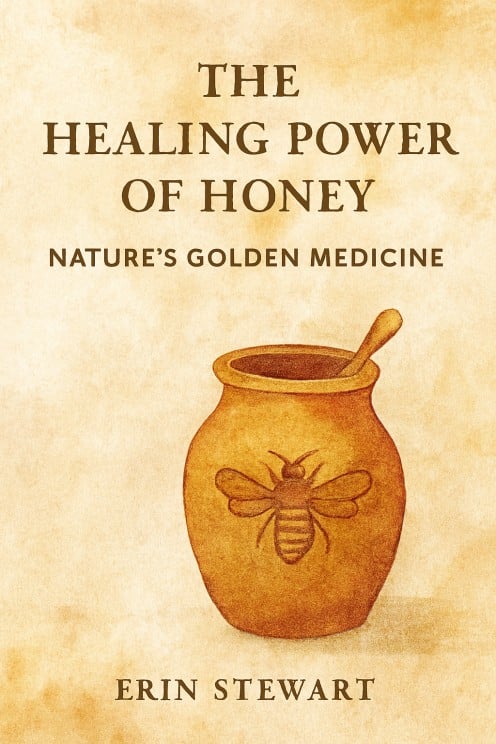
Honey is not merely a sweetener—it is a sacred secretion, a golden distillate of sunlight, soil, and symbiosis. It threads through the mythologies of goddesses and grandmothers alike, whispered in lullabies and layered in poultices. From temple offerings to kitchen rituals, honey has long been revered as both medicine and metaphor: a balm for the body, a blessing for the spirit.
Ancient healers understood its potency intuitively—using it to dress wounds, soothe fevers, and consecrate sacred rites. Today, science affirms what folklore has long known: honey is antimicrobial, anti-inflammatory, antioxidant-rich, and metabolically gentle. It carries within it the memory of flowers, the labor of bees, and the alchemy of transformation—from nectar to nourishment, from wild bloom to healing balm.
But in a world where purity is often compromised—where honey is diluted with syrups, stripped of enzymes, and masked in misleading labels—discernment becomes a form of devotion. To consume real honey is to honor the bees, the blossoms, and the ancestral wisdom that shaped its use. It is to choose nourishment over novelty, ritual over convenience.
Ancient Wisdom Meets Modern Science
From Egyptian embalming rituals to Ayurvedic tonics, honey has long been a symbol of vitality and preservation. Today, research confirms what our ancestors intuited:
-
Wound Healing & Antibacterial Power Honey contains glucose oxidase, which produces hydrogen peroxide—a natural antiseptic. Its low pH and high sugar content inhibit bacterial growth, making it effective for treating burns, ulcers, and skin infections.
-
Anti-Inflammatory & Antioxidant Richness Raw honey is packed with flavonoids and phenolic acids that reduce inflammation and oxidative stress. It lowers markers like CRP and boosts antioxidant agents like vitamin C and glutathione.
-
Heart & Blood Sugar Support Unlike refined sugar, honey doesn’t spike blood glucose as sharply. It improves lipid profiles, lowers LDL, and supports nitric oxide production for vascular health.
-
Cough & Throat Relief Endorsed by the WHO and American Academy of Pediatrics, honey soothes sore throats and suppresses coughs naturally.
-
Emerging Anticancer Potential Some studies suggest honey may trigger apoptosis in cancer cells and modulate tumor-suppressing genes.
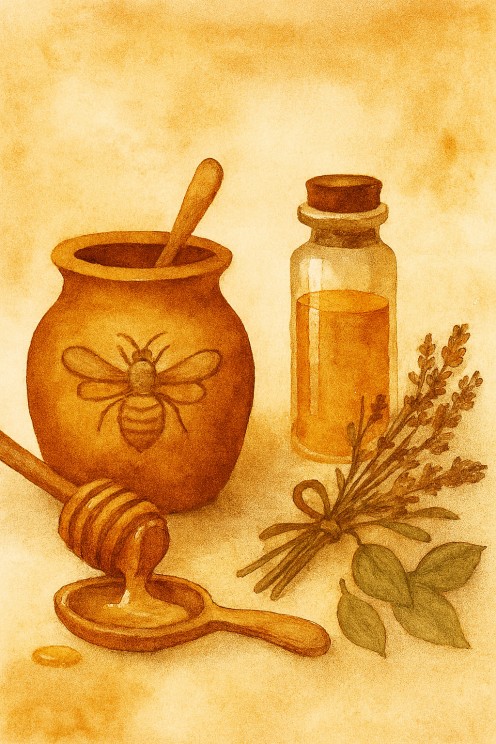
Rituals of Healing: How to Use Honey for Skin, Body, and Soul
Honey is not just a remedy—it’s a ceremony. Whether applied to the skin or stirred into warm infusions, honey invites us to slow down, listen to our bodies, and receive nourishment with reverence. Here are some soulful ways to integrate honey into your healing rituals:
Skin Treatments: Nectar for the Flesh
Honey’s antimicrobial, anti-inflammatory, and humectant properties make it a powerful ally for skin healing:
-
Wound & Burn Salve Apply raw or Manuka honey directly to minor cuts, burns, or abrasions. It forms a protective barrier, reduces inflammation, and accelerates tissue regeneration.
-
Acne Spot Treatment Dab raw honey (or mix with turmeric or tea tree oil) onto blemishes. Leave for 15–30 minutes to reduce redness and bacterial load.
-
Moisturizing Mask Blend honey with avocado, yogurt, or aloe vera. Apply to clean skin for 20 minutes to hydrate, soften, and soothe.
-
Gentle Exfoliation Mix honey with ground oats or chickpea flour. Massage gently to remove dead skin cells and reveal radiant skin without harsh scrubbing.
-
Sensitive Skin Soother Dilute honey with rose water or cucumber juice. Apply as a calming mask to reduce irritation and redness.
Nutritional Supplementation: Sweet Medicine Within
Honey’s internal benefits are just as profound, especially when used intentionally:
-
Morning Elixir Stir a teaspoon of raw honey into warm lemon water or herbal tea. This supports digestion, immunity, and lymphatic flow.
-
Prebiotic Tonic Combine honey with apple cider vinegar and warm water. This blend nourishes gut flora and balances pH.
-
Sleep & Nervous System Support A spoonful of honey before bed can stabilize blood sugar and promote melatonin release, aiding restful sleep.
-
Seasonal Immunity Boost Infuse honey with garlic, ginger, or elderberry. Take a spoonful daily during cold seasons to strengthen resilience.
-
Menstrual & Hormonal Support Blend honey with cinnamon or maca powder in warm milk or tea. This can ease cramps and support endocrine balance.
Ceremonial Use: Honey as Offering and Oracle
-
Altar Anointing Use honey to dress candles or sacred objects, symbolizing sweetness, abundance, and divine nourishment.
-
Ritual Feasting Incorporate honey into seasonal foods—baked apples, herbal breads, or ceremonial drinks—as a gesture of gratitude and connection.
-
Third Eye Activation In metaphysical traditions, honey is believed to stimulate intuition and inner sight. Use in small doses during meditation or divination rituals.
How to Tell If Your Honey Is Real
With honey’s healing power comes a sacred responsibility: to choose wisely. Not all that glitters is golden, and not all that’s sweet is pure. In today’s marketplace, adulterated honey—often diluted with corn syrup, rice syrup, or synthetic additives—mimics the appearance of the real thing but lacks its enzymatic vitality, floral memory, and medicinal soul.
To consume true honey is to honor the bees’ labor, the land’s generosity, and the ancestral wisdom that shaped its use. It is an act of reverence, not just nutrition. Here’s how to recognize honey that is raw, radiant, and real:
Sensory Clues: Listen with Your Senses
-
Texture: Authentic honey is thick and slow-moving, like liquid amber. It may crystallize over time—a natural sign of purity—not spoil. Adulterated honey often remains unnaturally smooth or runny.
-
Touch: Real honey feels velvety and rich, not slick or syrupy. It clings with intention, not residue.
-
Taste: The sweetness of raw honey is layered and ephemeral. It fades quickly, revealing floral, herbal, or earthy undertones depending on the nectar source. Fake honey often tastes flat, cloying, or one-dimensional.
Simple Home Tests: Kitchen Alchemy
-
Water Test: Drop a spoonful into a glass of room-temperature water. Pure honey will settle at the bottom and resist dissolving. Adulterated honey disperses quickly, betraying its additives.
-
Thumb Test: Place a small drop on your thumb. If it stays intact and doesn’t spread, it’s likely pure. If it runs or drips, it may be diluted.
-
Flame Test: Dip a cotton wick or matchstick into honey and attempt to light it. Pure honey may caramelize or ignite gently due to its low moisture content. Adulterated honey, with added water or syrups, will resist flame.
Note: These tests are not foolproof but offer intuitive guidance when sourcing honey from unfamiliar vendors.
Label Literacy: Reading Between the Lines
-
Seek descriptors like “raw,” “unfiltered,” “cold-pressed,” “organic,” or “wildcrafted.” These often indicate minimal processing and higher integrity.
-
Favor single-source or monofloral honeys (e.g., Manuka, Acacia, Buckwheat), which are traceable and often richer in medicinal compounds.
-
Avoid products listing added glucose, fructose, HFCS, or artificial flavorings. These dilute the potency and betray the bee’s original gift.
-
Look for harvest dates and local sourcing when possible. Honey from nearby apiaries often reflects your region’s flora and seasonal rhythms.
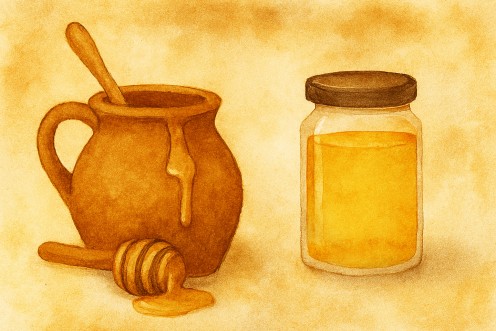
Rituals of Reverence
To truly honor the healing power of honey, we must move beyond convenience and into communion. Honey is not merely a pantry staple—it is a ritual ingredient, a sacred secretion born of floral memory and collective labor. Each golden drop carries the whisper of petals, the hum of wings, and the ancient intelligence of the hive.
Let it be stirred slowly into herbal infusions, not just for flavor but for intention. Let it be drizzled over ceremonial foods—baked apples, solstice breads, or ancestral porridges—as an offering to the body and the spirit. Let it be blended into skin balms and sacred salves, where it becomes both medicine and metaphor. Let it grace your altar, your tea, your threshold, as a symbol of sweetness earned and healing received.
In every use, remember: honey is a gift of transformation. It begins as nectar—fragile, fleeting—and becomes something enduring through the devotion of bees and the alchemy of time. So too can we transform. In honoring honey, we honor our own capacity to turn tenderness into resilience, nourishment into ritual, sweetness into strength.
Scientific & Medical Research
-
Burlando, B., & Cornara, L. (2013). Honey in dermatology and skin care: A review. Journal of Cosmetic Dermatology, 12(4), 306–313. Retrieved from UMF.org
-
Mandal, M. D., & Mandal, S. (2011). Honey: Its medicinal property and antibacterial activity. Asian Pacific Journal of Tropical Biomedicine, 1(2), 154–160. https://doi.org/10.1016/S2221-1691(11)60016-6
-
Al-Waili, N., Salom, K., Al-Ghamdi, A. A., & Ansari, M. J. (2012). Honey for wound healing, ulcers, and burns; data supporting its use in clinical practice. The Scientific World Journal, 2012, Article ID 783598. https://doi.org/10.1100/2012/783598
-
Ahmed, S., Sulaiman, S. A., Baig, A. A., Ibrahim, M., Liaqat, S., Fatima, S., ... & Othman, N. H. (2018). Honey as a potential natural antioxidant medicine: An insight into its molecular mechanisms of action. Oxidative Medicine and Cellular Longevity, 2018, Article ID 8367846. https://doi.org/10.1155/2018/8367846
-
Khalil, M. I., Sulaiman, S. A., & Boukraa, L. (2010). Antioxidant properties of honey and its role in preventing health disorder. The Open Nutraceuticals Journal, 3(1), 6–16. https://doi.org/10.2174/1876396001003010006
Honey Authenticity & Identification
-
Beekeeper Corner. (2023). Tell if honey is raw: A guide to authenticity. Retrieved from Beekeeper Corner
-
NatureWord. (2022). How to tell if honey is pure or fake: 9 things to check. Retrieved from NatureWord
-
Smiley Honey. (2023). How to spot fake honey: 5 tests that actually work. Retrieved from Smiley Honey
Nutritional & Skin Benefits
-
Japitherapy. (2022). Benefits of honey: Potency against micro-organisms and its use in skin care. Japitherapy Journal, 22(65791). Retrieved from Japitherapy
-
DermatoCare. (2023). 8 researched benefits of honey on skin: Dermatologist guide. Retrieved from DermatoCare
This content is accurate and true to the best of the author’s knowledge and is not meant to substitute for formal and individualized advice from a qualified professional.
© 2025 Erin K Stewart

